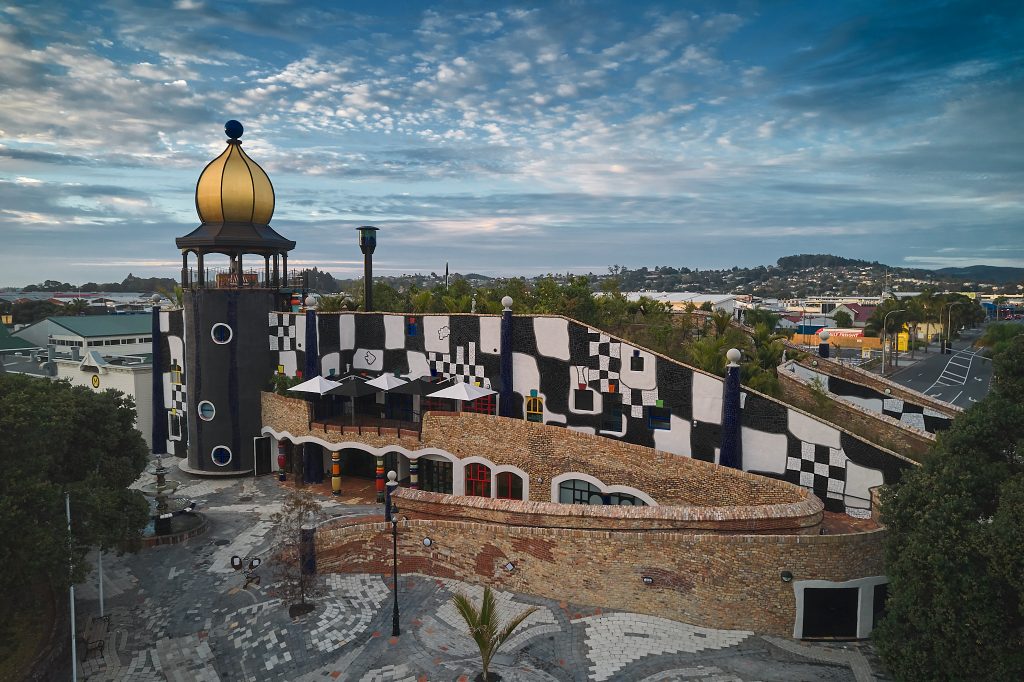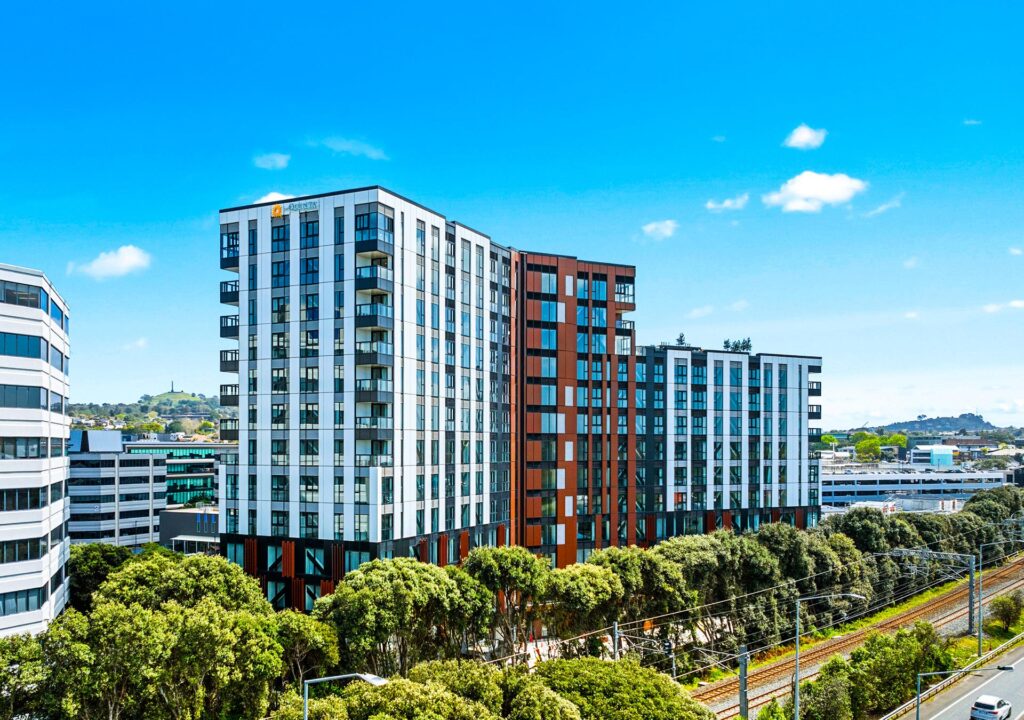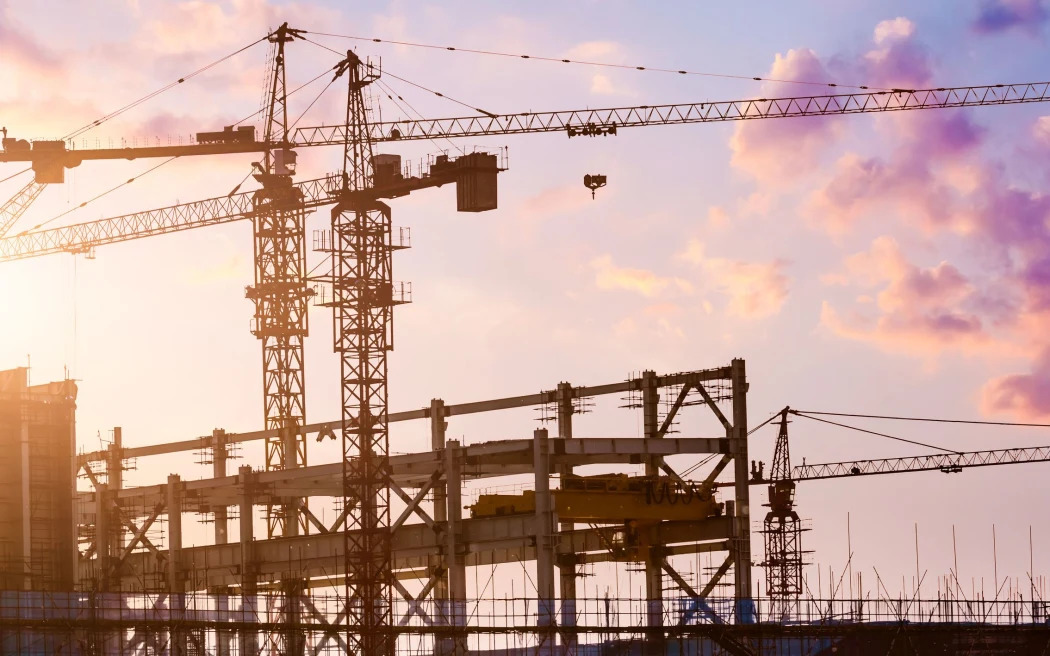After one of the most challenging periods in decades, the New Zealand construction sector is finally beginning to show signs of life. Job losses over the past 18 months have made construction the hardest-hit industry in the country, while a sharp pull-back in government infrastructure spending left contractors, consultants, and suppliers reeling.
But a more optimistic tone is emerging. A new round of infrastructure funding — particularly for schools, hospitals, and roads — has started to flow. Proposed legislation to reduce red tape, fast-track major projects, and open access to more building materials has gained traction, even if much of it is still making its way through Parliament. At the same time, the Reserve Bank’s reduction of the Official Cash Rate has eased mortgage and development finance costs, creating the conditions for renewed activity.
After six months of bleak reporting, this time Industry Insider spoke with four industry voices who see tangible signs that recovery is finally taking hold.

Scope Projects, community project: Hundertwasser Art Centre – Whangārei.
Ben Tomason, Managing Director, Scope Projects – A Northland Pipeline Gathering Steam
For Ben Tomason, who leads Whangārei-based Scope Projects, the upturn is already audible. “The phone is ringing again,” he says. “People are talking, the industry is starting to talk.”
Tomason’s firm operates across health, kaupapa Māori, social housing, education, commercial development and infrastructure — sectors that have all been hard hit by funding pauses and cost escalation.
“It’s definitely been a difficult time. Our business has seen a significant reduction in turnover, and I think that’s in line with the wider market,” he says. “But we’re normally one of the first to get involved in a project, and that means we’re first in queue when things pick up. We can feel that beginning to happen,” he says.
Tomason credits the Government’s focus on removing bureaucratic roadblocks with helping restore momentum. “The fast-track legislation and the ability to do smaller, lower-risk projects — like solar power and granny flats without full consent is just unchaining the industry,” he says.
“It will help reduce costs because so much of that cost has been generated by bureaucracy. They’re creating an environment for the industry to go again.”
Scope Projects is seeing encouraging signs across its client base. “In social housing, we’re seeing new projects supported by Government funding and charitable organisations working with banks. The Ministry of Education has also started to release supplementary funding again after a long lag, so that pipeline is re-emerging and looking really good for next year.”
Northland’s infrastructure outlook is equally strong. “The Government announced that NZ$6 billion of construction would “start between now and Christmas”. In Northland we are seeing initial progress on our road of national significance, the Marsden Point rail spur, a new hospital, dry-dock feasibility, flood-resilience projects, stop banks. It’s only a matter of time,” Tomason says.
“We’re too close to Christmas for much to start now, but people are gearing up for February or March, which is when the market usually surges again.”
He believes the region’s long-term potential is finally being recognised. “Northland’s always talked about a lot, but now we’re seeing genuine follow-through. The challenge will be making sure that this investment actually supports local capability. There are plenty of skilled businesses up here ready to work — what we need is to ensure they get the opportunity.”
For Tomason, the key reform is clear. “The RMA has been a handbrake for years,” he says. “Under the fast-track process you might get consent in eight to ten months; through the normal process it can take two years and may end up in court. We need a system that’s more focused and balanced on how we can make things happen, rather than why not.
“The industry can deliver sustainable, environmentally sound projects — we just need to be allowed to get on with it.”

Safari Group – The Residences, Ellerslie apartments.
Josh van Veen, Director, Safari Group – Confidence Returns to Development
Auckland-based Safari Group has spent the past decade developing mixed-use hotel and apartment projects across New Zealand. For Director Josh van Veen, the mood has shifted from survival to cautious optimism.
“I think it’s just confidence,” he says. “Everyone’s waiting for something. The OCR’s dropping, things are getting a little better — you can feel it — but people are still nervous about putting themselves out there.”
Safari’s model of combining hotel and residential components has helped it ride out market swings. “During COVID, the hotel side died completely, but apartments sold really well,” van Veen recalls. “Then last year, when the OCR started to fall and investors came back, hotels picked up while residential slowed. Having both options has kept us balanced.”
He points to several policy changes that have improved conditions for both developers and buyers. “Removing those tough triple-CFA requirements and easing LVR rules has made a real difference. It’s just easier to borrow, and when borrowing’s easier, property moves again. Lower interest rates make it more affordable too.”
That access to finance is critical for clearing the backlog of existing apartment stock and restarting new projects. “There’s still a lot of unsold product in Auckland. Once investors start taking that up, new developments can follow. It’s a sequence—confidence brings investment, and investment restarts construction.”

Taylored Group – Seaview Rise, Rothesay Bay.
Damien Taylor, Director, Taylored Group – Confidence Rebuilding from the Ground Up
For Damien Taylor, Director of Taylored Group, the improvement in confidence isn’t abstract — it’s visible in the numbers.
“We launched a 14-unit terraced housing development in Rothesay Bay in mid-October,” he says. “Eight of the 14 are already sold or under contract. That’s a great result given all the negativity that’s been around the market.”
The project targets affordable housing in a sought-after suburb. “It’s a combination of factors,” Taylor explains. “Interest rates have come back significantly, banks are more willing to lend, and construction costs have eased. Sub-trades are looking for work again, which means faster, more efficient delivery. Everyone realises we’re past the bottom and heading up.”
Taylor says that bank behaviour has been critical to recovery. “Their appetite’s increased — for both developers and purchasers,” he says.
“Pre-sale requirements are being relaxed. We’re going back to how it was 12 or 15 years ago when funding felt achievable rather than impossible.” He adds that the broader stability now emerging in government policy is helping buyers and builders alike.
“When legislation changes, people sit on their hands. That’s been a big reason the economy stalled. Now things are settling down, valuations are stabilising, and people feel prices will rise again, even if slowly. That shift in mindset makes a huge difference.”
Taylor says Auckland’s ongoing infrastructure issues remain a brake on supply. “We’ve looked at about 250 sites in the last three months. Once you go through feasibility, a lot don’t stack up — no sewer or stormwater connection, flooding risk, or traffic constraints. The right sites in the right locations will go well, but many still can’t be made to work.” He believes those constraints will keep pressure on prices as demand builds.
Policy uncertainty has also hurt momentum. “The constant changes around intensification and height limits have been a nightmare. Once people know the rules, they can plan. Uncertainty kills confidence,” he says. “The idea of going higher around transport hubs is good in theory, but high-rise apartments are still tough here. The costs, red tape, and Kiwi preference for a bit of land make that a hard model.”
Taylor welcomes government moves to open the market for international building materials. “It’s a great thing — we need to allow a broader range of proven products. Right now the cost of getting brand approvals and testing for such a small market doesn’t stack up, and that’s why our build rates are so high compared with Australia. If the new framework works, it’ll make a huge difference.”
He says the supply chain has turned a full circle. “During COVID we had to pre-order months ahead and stockpile materials. Now there’s plenty of capacity — frames, trusses, finishing materials. A lot of subcontractors even want to work through Christmas, which is unheard of. It’s probably the best time to be building that I’ve seen in a decade.”
Labour remains tight but manageable. “We did lose a lot of skilled workers, especially in the sub-trades,” Taylor says. “But there’s now flexibility to bring people in from offshore. Consultants are getting busier, which means projects are back in design and approval. That will flow through to construction next year and finishing trades after that. If this keeps going, 2026 could be a really strong year.”
Ian Watt, General Manager, Smartspec/CMS – Data Confirms the Turn
While sentiment is important, Ian Watt, Managing Director of Smartspec, says the data now backs it up. The platform is used by architects and designers to prepare project specifications for consent, providing an early indicator of activity in the residential sector.
“After two years of decline in residential construction, Smartspec is enjoying solid growth,” Watt says. “For four months in a row—July to October—we’ve recorded double-digit percentage increases over the same period in 2024 and 2023 for new projects being created.”
A new project on Smartspec, he explains, represents “the specification stage of the consenting process—so when those numbers rise, it means the pipeline is filling again.”

Looking Ahead
Across the country, the conversation has shifted. The worst of the downturn may be behind the industry, replaced by the first real signs of a return to activity. Policy reform, lower borrowing costs, and renewed public spending are beginning to translate into confidence — first in sentiment, then in specification, and soon in site work.
For now, the mood is one of cautious optimism. As Ben Tomason puts it, “We’re first in the queue for whatever’s coming, and we can hear the noise.” And as Smartspec data confirms, that noise is no longer just talk — it’s projects taking shape.
Last year the cry was “Stay alive til ‘25”, but if the momentum continues, 2026 could be the year New Zealand’s construction sector finally moves from holding pattern to genuine growth.

